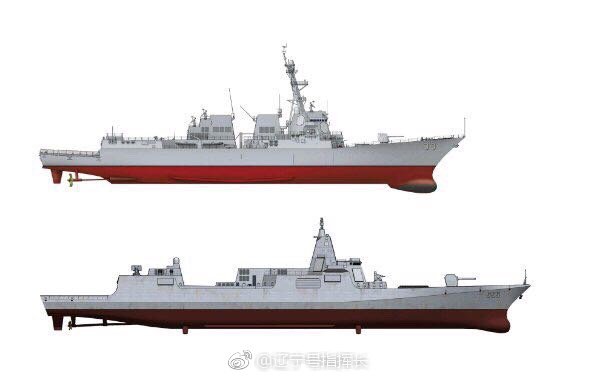I wonder about the same subject so I consider these possibilities:
A) 4 classes (055, 052, 054, 056)
B) 3 classes (055/052 single replacement, 054, 056)
C) 3 classes (055, 052/054 single replacement, 056)
D) 3 classes (055, 052, 054/056 single replacement)
The single replacements would be towards the heavier side.
On one hand China faces potential opponents with a diverse range of capabilities, likely to significantly improve at the low end, as well as a diverse range of potential conflict intensity concentrated close to its periphery but likely to involve expeditionary opponents with cutting edge capabilities.
On the other hand while China has caught up at the high end of capabilities a lot it still needs to invest a lot more of its ultimately limited resources in high end areas in at least the air and sea domains relevant to its potential maritime conflicts where its capabilities are deficient, non-existent, or must keep pace i.e. large DDG/CG, LHD/LHA/CV, specialized naval aviation, rotary naval aviation, airlift, LR bombers, a variety of next gen technologies. Not to mention low end but large scale improvements needed for its amphibious/naval ground forces.
In order to balance and meet these needs I think C) above would make the most sense with the 056/replacement also skewing heavier/more capable. While if I understand correctly you are suggesting B) above as more likely if the 055 is of lesser specs than expected.
I see the future as being B rather than C. The Type 52 and Type 54 have different functions, which radically changes the cost. Even if they shared the same hill design.
Remember that China already overmatches everyone else combined at the low end in the Western Pacific (coast guard and routine naval presence with the Type 56). So even if potential low end adversaries improve, it doesn't make any difference.
So it is the high-end that China needs to focus on, yes.

